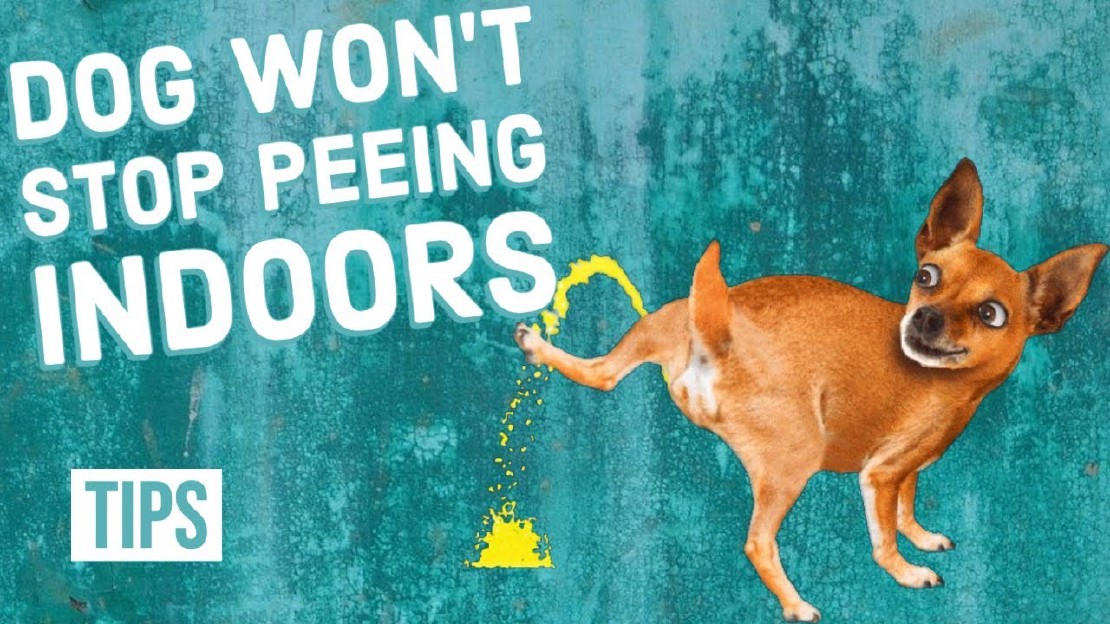Reasons why your dog has stopped drinking water
Why has my dog stopped drinking water? Water is an essential part of your dog’s health and well-being. However, if you notice that your dog has …
Read Article
When it comes to male dogs and their marking behavior, one question that often comes up is whether or not neutering will eliminate this behavior. Marking behavior, where a dog urinates on objects or territory to leave his scent, is a natural instinct for many dogs, especially males. Neutering, or castration, involves the surgical removal of a male dog’s testicles, which is believed by some to reduce or eliminate certain behaviors, including marking.
While neutering can have many positive effects on a dog’s behavior, it may not completely eliminate marking behavior in all cases. This is because marking is not solely driven by hormones, but can also be a learned behavior or a way for a dog to communicate with other dogs. Neutering can reduce the frequency and intensity of marking, but it may not necessarily eliminate it entirely.
It is important to note that the age at which a dog is neutered can play a role in the effectiveness of the procedure in curbing marking behavior. Neutering a dog at a younger age, before sexual maturity, is often more effective in reducing or eliminating marking behavior than neutering an adult dog. However, it is always best to consult with a veterinarian to determine the best course of action for your individual dog.
In conclusion, while neutering can help reduce marking behavior in male dogs, it may not completely eliminate it. The effectiveness of neutering in curbing marking behavior can vary depending on the individual dog and the age at which he is neutered. Consulting with a veterinarian is always recommended to determine the best approach for managing marking behavior in your male dog.
Neutering can help reduce marking behavior in male dogs, but it may not completely eliminate it. While neutering can decrease the amount of hormones that drive the urge to mark, it may not fully address the underlying reasons for marking, such as territorial or anxiety-related issues. Additionally, some dogs develop marking habits that are not hormone-driven and may not be affected by neutering. It is important to understand that neutering is not a guaranteed solution for all marking behaviors.
The ideal age for neutering a male dog to prevent marking behavior can vary depending on the individual dog and their specific needs. However, it is generally recommended to neuter dogs before they reach sexual maturity, which is around six to nine months of age. Neutering before sexual maturity can help prevent the development of marking habits and reduce the influence of hormones that drive marking behavior. It is important to consult with a veterinarian to determine the best timing for your dog’s neutering based on their overall health and breed characteristics.
Neutering a male dog does not directly increase the risk of other behavioral problems. In fact, neutering can often have positive effects on behavior by reducing the influence of hormones that can contribute to certain issues, such as aggression or roaming behavior. However, it is important to note that behavior is complex and can be influenced by a variety of factors. Neutering alone may not resolve all behavioral problems, and it is important to work with a veterinarian or professional trainer to address any underlying behavior issues your dog may have.
Yes, there are alternative methods to reduce marking behavior in male dogs besides neutering. One option is to train your dog to have better bladder control and reinforce appropriate elimination behaviors. This can be done through positive reinforcement training and consistency in potty training routines. Additionally, using belly bands or dog diapers can help manage marking behavior by preventing urine from reaching surfaces. However, it is important to note that these methods may not address the underlying reasons for marking behavior and may be less effective than neutering in some cases.
Why has my dog stopped drinking water? Water is an essential part of your dog’s health and well-being. However, if you notice that your dog has …
Read ArticleWhy has my dog started snarling at other dogs? It can be quite alarming when your normally friendly and well-behaved dog suddenly starts snarling at …
Read ArticleWhy is my dog pooping clear gel? Seeing your dog poop clear gel can be a cause for concern, and you may be wondering what could be causing this …
Read ArticleWhy is the bush dog endangered? The bush dog, also known as the Savannah dog or the vineyard dog, is a small and elusive mammal native to the forests …
Read ArticleWill lettuce hurt my dog? Dogs are known for their love of food and their ability to eat almost anything. However, when it comes to certain types of …
Read ArticleWhen can puppies leave the whelping box? Deciding when to separate puppies from their mother and the whelping box is a crucial decision that every …
Read Article